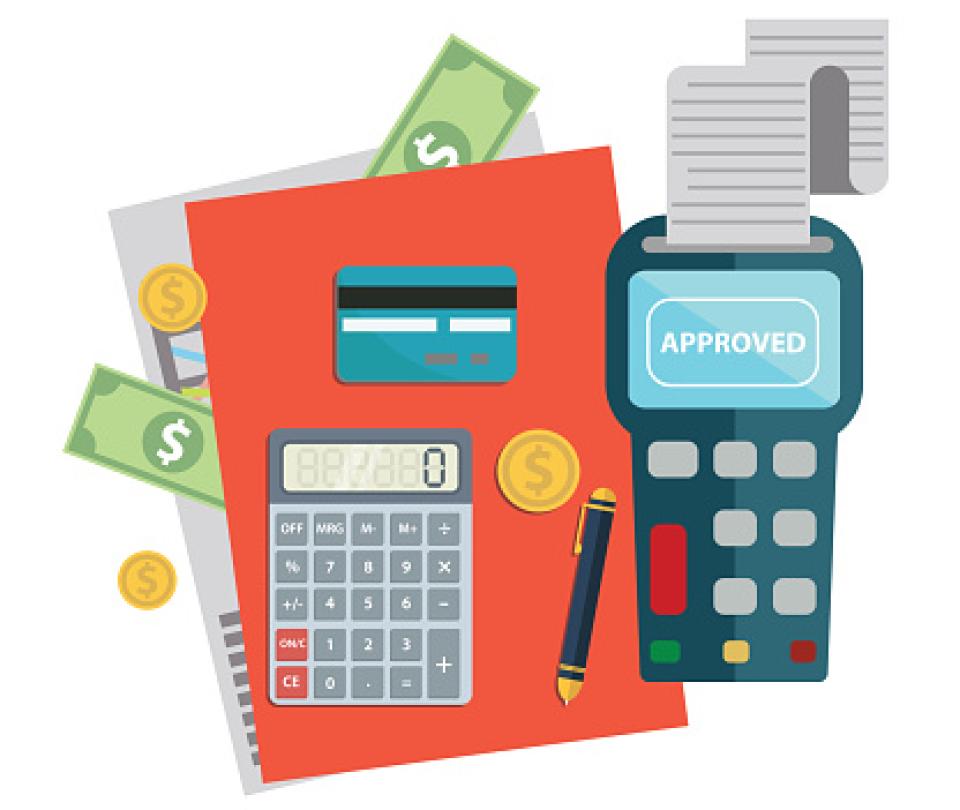The upward trend in inflation, interest rates, which the issuer raised to 9% for the month of August, and the behavior of the dollar, which reached a record value of $4,625 in July, have significantly affected Colombian household finances.
(Tips for managing dollar debt responsibly).
Since these indicators translate into more expensive consumption and a loss of income, people should implement strategies that can be implemented in their personal finances to face this challenging economic context.
Therefore, below, we will tell you how to make a realistic Budget, according to Juliana Matiz, founder of Investopi, an academy of financial markets.
(‘Tax is not social, much less equitable’: Senator Luna).
In principle, it is important to know that there are different ways in which monthly income can be divided, but the easiest thing is to make a separation of expenses.
For Matiz, the ideal is organize the budget as follows:
1. Housing (utilities, rent or fee payment): 30%.
2. Food (market, homes and meals outside): 20%
3. Own or children’s education: 20%.
4. Transport, leisure and others: 15%.
5. Payment of debts (credit cards and other loans): 10%
6. Savings and investment: 5%
Of course, the expenses not initially contemplated in the budget, such as unforeseen expenses, must be included in the category of transportation, leisure and others, but it is not recommended to compromise the budget of housing, education, food or debts.
(The Treasury evaluates the sale of state assets to public companies).
“Completing this task to the letter is very complex; in fact, it is more a matter of putting on certain rules and responsibilities. If there is an emergency, you have to get out of the budget, but this cannot become a habit or a whim”, adds Matiz in this regard.
BRIEFCASE









Add Comment